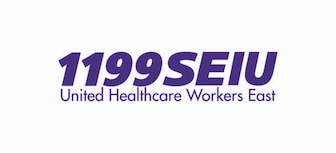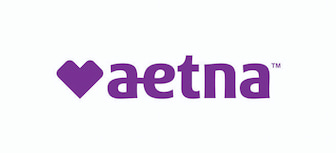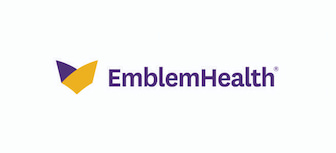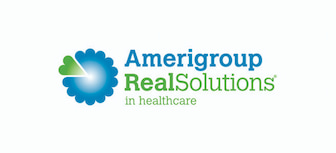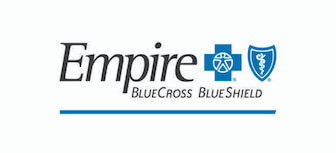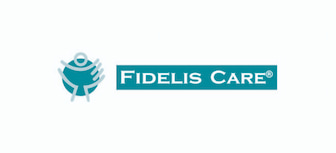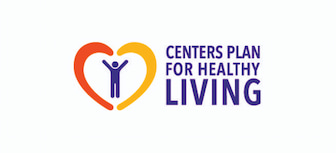Why Should I Consider a Physical Therapist in Harlem Who Takes Fidelis?
Fidelis partners with some of the best physical therapists in Harlem, providing a wide range of options to treat you. Within such as extensive network, your primary care doctor and you can choose a physical therapist quickly to get the help you need to heal faster.
Factors to consider when selecting a physical therapy (PT) practice include:
- Location. Find a therapist with an office that’s convenient to you.
- Hours. If you need an appointment outside normal business hours, make sure the practice offers them. Some even offer virtual telehealth appointments.
- Language. If your chosen physical therapist speaks your native language, it ensures effective communication during your sessions.
PT plays a crucial role in your recovery from surgery or an accident. It increases your range of motion and decreases any chronic or acute pain. Through personalized exercise routines, you regain the ability to move freely, significantly improving your quality of life. Find a local Harlem physical therapist who takes Fidelis insurance, and the convenience of local care means more time to focus on your health and recovery. Schedule an appointment today.
What Qualities Separate the Best Physical Therapists in Harlem?
While you may receive a referral from your primary care doctor in Harlem, choosing a physical therapist is often a personal decision. When you’re seeking a therapist who’s a good fit for you, ask about qualifications and years of experience. Read the reviews and feedback from previous patients. Select a physical therapist who pays attention to the smallest change in your condition, as this attention to detail impacts your recovery.
Then consider a number of factors, as physical therapy isn’t just a one- or two-session commitment. Rather, it may extend over weeks, months or even years. Find a local therapist who understands both your physical needs and adapts the treatment to your specific pain points.
Some qualities to look for in a physical therapist in Harlem who takes Fidelis include:
- Empathy. This is the ability to understand how you’re feeling and adjust your session accordingly. Your therapist will push you physically, but it’s never the intent to cause you more pain.
- Communication skills. Verbal communication provides clear explanations of the treatment, but must also include keen listening skills when you voice your concerns.
- Knowledge. Your PT may involve the latest technology, such as electrical stimulation and dry needling, and having a physical therapist who considers all available treatments benefits you in the long run.
- Motivational energy. You need someone who encourages you to keep going even when you feel that you’re not strong enough. The work you do both during your sessions and between them makes a difference to your results.
What Questions Should I Ask a Harlem Physical Therapist Who Takes Fidelis?
Your first physical therapy session is the best time to ask questions, and don’t be afraid to ask tough questions. Understanding what’s involved in PT and what you may have to do helps you feel more at ease and better prepared.
Questions to ask may include:
- What makes you an expert for my specific condition?
- How long do my physical therapy sessions last?
- Do I need to come in every week?
- What should I wear to my sessions?
- Do you use any special equipment?
- Is it supposed to be painful to do the exercises during my sessions?
- What should I do if I feel pain or discomfort during an exercise?
- How long before I see an improvement in my condition?
- Are there exercises I should do at home?
Once you’re done discussing your case, you should explain in detail the condition that brought you in. Share any relevant medical history and documentation, and list any pain medications you take regularly. Then your physical therapist may ask you to perform some basic exercises. This helps assess your range of motion and identify areas that require attention.
Which Physical Therapy Services in Harlem Are Covered by Fidelis?
Fidelis covers a comprehensive range of physical therapy services. Rehabilitative therapy helps you regain lost functions while habilitative therapy focuses on developing new skills in children. Additionally, there are special therapies designed for neurological conditions such as Parkinson’s or spinal cord injuries.
Through a personalized treatment plan, you maximize your benefits. The goal is to prevent your condition from worsening and avoid future injuries.
Your physical therapist adopts therapies based on your condition, such as:
- Orthopedic rehabilitation. This type of PT is for post-surgery recovery, bone fractures and joint or muscle injuries.
- Geriatric care. These therapists focus on balance training, arthritis management and fall prevention for older adults.
- Sports rehabilitation. This is PT for ACL tears, rotator cuff injuries and sports-specific conditioning for athletes.
- Cardiopulmonary therapy. This PT focusses on post-heart attack recovery, COPD management, breathing techniques and endurance exercises.
- Manual therapy. Your therapist uses joint mobilization, soft tissue manipulation and myofascial release to improve your mobility.
- Pain management. This therapy eases chronic pain, such as sciatica and arthritis, as well as post-surgical pain and nerve-related discomfort.
- Therapeutic exercises. This type of PT involves strength training, flexibility routines and core stabilization for injury recovery or prevention.
- Advanced modalities. Your PT may include electrical stimulation, ultrasound, heat or cold therapy and kinesiology taping to reduce pain and inflammation.
When Should I Consult a Physical Therapist in Harlem Who Takes Fidelis?
If you’re experiencing persistent pain, limited mobility or difficulty performing daily tasks due to an injury like a sprain or fracture, consult a Fidelis physical therapist in Harlem if that’s your insurance plan. Early intervention lowers your pain levels, increases your mobility and decreases your recovery time. If you’ve undergone a surgery like a joint replacement, physical therapy restores full, proper movement.
Most Harlem physical therapists who take Fidelis offer flexible booking options, allowing you to select same-day, next-day or even weekend appointments. Use this directory to find the best physical therapists in Harlem and then schedule an appointment. Getting your pain checked early is the best way to prevent chronic issues.


 My BestDoc
My BestDoc
 Future Appointments
Future Appointments
 Settings
Settings
 Sign out
Sign out
